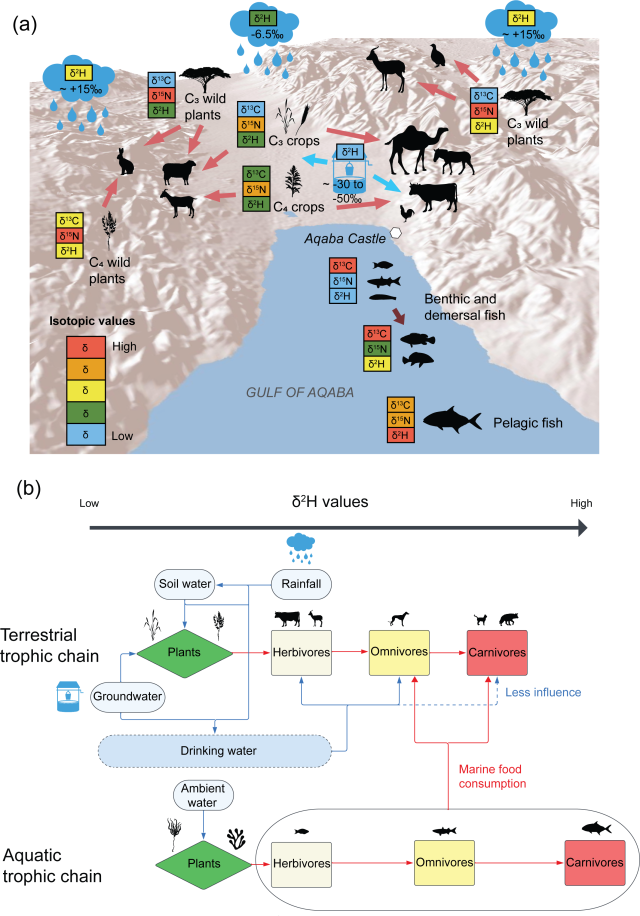Our latest study investigating non-exchangeable hydrogen stable isotope ratio (δ²H) analysis in zooarchaeological research has now been published in PLOS ONE. This study involved the analysis of hundreds of individual animal bone collagen samples from the Ottoman-period site of Aqaba Castle in Jordan and is the largest of its kind incorporating δ²H values for the region. Among land animals, which included domestic animals such as cattle and goats, and wild species such as gazelles and hyenas, it was domesticated cats that showed the highest δ²H values. This suggests they were eating hydrogen-enriched foods like fish, and meat provisioned by humans. The analysis of bone collagen δ²H values holds huge potential for increasing clarity in dietary reconstructions and distinguishing isotopic niches. It is an excellent environmental indicator related to water sources, meaning it potentially can be used to track animal migrations and establish ecological home ranges of certain animals. The potential applications of this little-used proxy are exciting to say the least!

